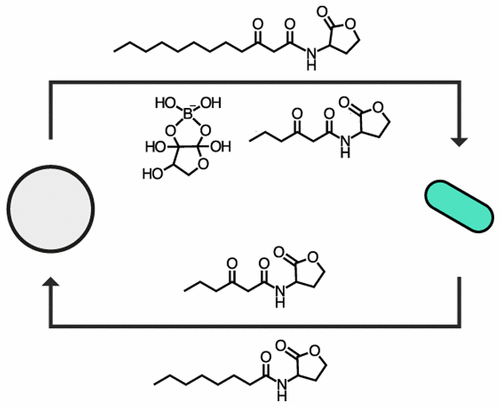
Fake It ‘Til You Make It
Amid rapid advances in artificial intelligence (AI), humans use the Turing test to determine if a machine is truly intelligent. If a computer is capable of thinking like a human, then it should be able to trick another human into thinking they’re having a real conversation with a person instead of a machine.
In a twist on the classic test, scientists created artificial single-cell organisms able to convince natural cells that they are real.
“We have been interested in the divide between living and nonliving chemical systems for quite some time now, but it was never really clear where this divide fell,” one of the team, Sheref S. Mansy from the University of Trento, Italy, told ResearchGate.
Mansy continued:
All cells engage in some form of chemical communication. If we could build an artificial cell that can trick a natural cell into “thinking” that it is talking to another natural cell, then we would have made a big step forward in constructing a more life-like chemical system.
The team created artificial cells, made from cell-like structures packed with DNA instructions that would be used to make RNA, to produce specific proteins given a particular stimuli—in this case, a bacterial molecule: acyl homoserine lactone (AHL). To pass this test, the artificial cells must be able to interact with the real cells and produce the proteins.
To demonstrate the concept, the scientists placed the artificial cells near living bacteria—E. Coli, Vibrio fischeri, and Pseudomonas aeruginosa—at which point they started to produce the proteins. This implied the artificial cells were responding to the bacterial stimuli. To reinforce the communication between the artificial cells and the living bacteria, the researchers also gave the artificial cells the ability to produce their own AHLs, similar to how simple life forms (such as bacteria or algae) in nature communicate.

Single-Celled AI
While this shows that artificial cells can indeed communicate with living organisms, the researchers note that there is more work to be done.
“Artificial cells can sense the molecules that are naturally secreted from bacteria, and in response synthesise and release chemical signals back to the bacteria,” says Mansy.
But right now, these responses are triggered via a “translation machinery” of sorts. Eventually, the goal is to have the cells produce the same result using their own translation method or system.
Still, it should be noted that the team managed to get artificially created cells to seamlessly interact with natural, living bacteria. This means that, in the future, we could produce these artificial cells and engineer them to communicate paths between organisms that don’t naturally communicate on their own. Reversing this process could also allow these artificial cells to disrupt the signals of pathogenic bacteria. And with further development, this could be used to interfere with biofilms that help clear infections.